Japan 2018
Another Day at Sea and Princess Patter, the daily guide to life at sea, was delivered to our cabin the night before. Lovely to arrive back from breakfast to find our bed made and our cabin serviced with fresh towels. Also, so nice in the evening to arrive back from dinner and find the bed sheets turned down, and a chocolate on the pillow.
Our ship, the Diamond Princess was built by Mitsubishi in the Nagasaki Shipyard and Machinery Works. The keel was laid in 2002 and the ship delivered on April 26, 2004. It is registered in London, U.K. The maximum crew is 1060 and the maximum passengers is 3100. We think we had about 2000 passengers on board and the
From Day 23 - To Sakhalin
September 28, 2018
|
Korsakov, Sakhalin, Russia
Another Day at Sea and Princess Patter, the daily guide to life at sea, was delivered to our cabin the night before. Lovely to arrive back from breakfast to find our bed made and our cabin serviced with fresh towels. Also, so nice in the evening to arrive back from dinner and find the bed sheets turned down, and a chocolate on the pillow.
Our ship, the Diamond Princess was built by Mitsubishi in the Nagasaki Shipyard and Machinery Works. The keel was laid in 2002 and the ship delivered on April 26, 2004. It is registered in London, U.K. The maximum crew is 1060 and the maximum passengers is 3100. We think we had about 2000 passengers on board and the
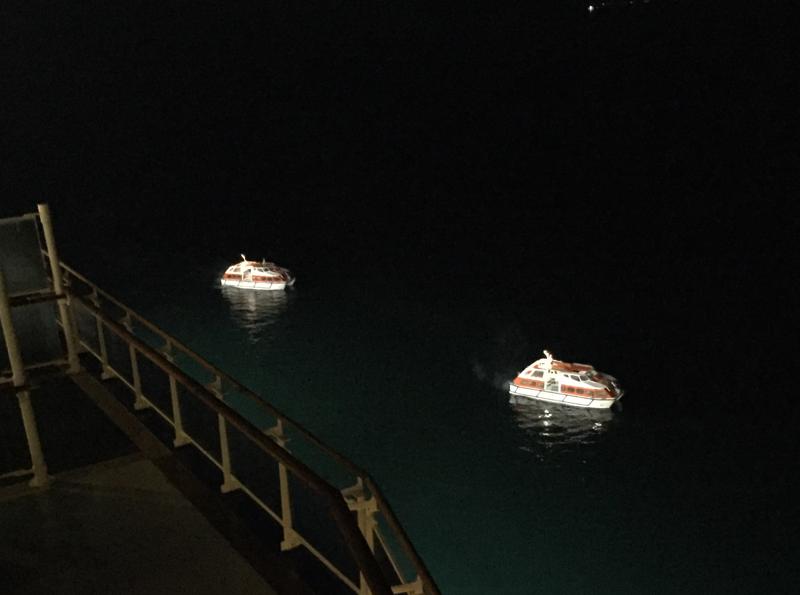
majority were Japanese. Our captain was an Italian, Gennaro Arma, and occasionally he would take the microphone in the Atrium and speak to the guests. Every morning, he or another senior officer, would send out a report on the day's weather and where we were heading and what we might encounter. We had a day or two of very rough weather with high seas, and staff closed off the entryways to the ship's outer decks as the wind was too strong and the waves crashing up high. It was quite exciting for us. We had to be careful as we moved about the ship and could feel the swell at night as we slept, the ship's lurching back and forth, but it wasn't enough to keep us awake. We knew we were in safe hands.
On the morning of Saturday, September 29, we had arrived at Korsakov, on the island of Sakhalin. We got up early as we were woken by the noise of the tender boats being lowered into the water, and we wanted to see the early morning view of this Russian city. It
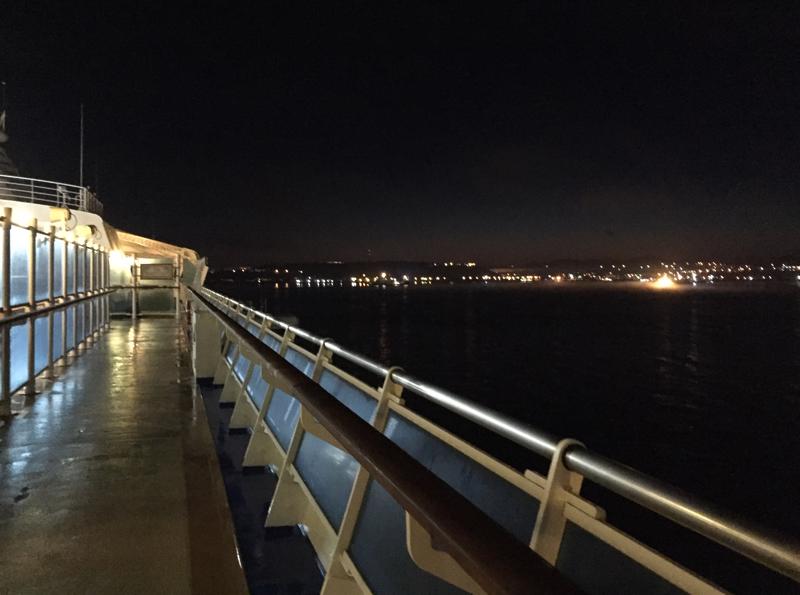
was rainy and very cold, but lovely to be there.
Korsakov is in the Russian Far East. It is the port entry to the capital of Yuzhno-Sakhalinsk on Sakhalin Island which has been the center of a tug-of-war between Russia and Japan over many years. We were interested to see that on the cruise ship photograph map of this Russian port, they showed it not on the island of Sakhalin, but on the Russian mainland. Perhaps this is not to offend Japanese guests on board. Sakhalin is supposed to be a Japanese province, according to them.
Korsakov started as an ancient Ainu fishing village (Ainu being Japanese native people)and was taken over by the Russians in 1853. Ethnic groups who live here are Russians, Ainu, Koreans, Nivkhs, Oroks, Evenks and Yakuts. The indigenous semi-nomadic Nivkh inhabited this region when Korsakov was a fishing, hunting and dog breeding village. The island was home to labor camps, so there is still a large Korean population here.

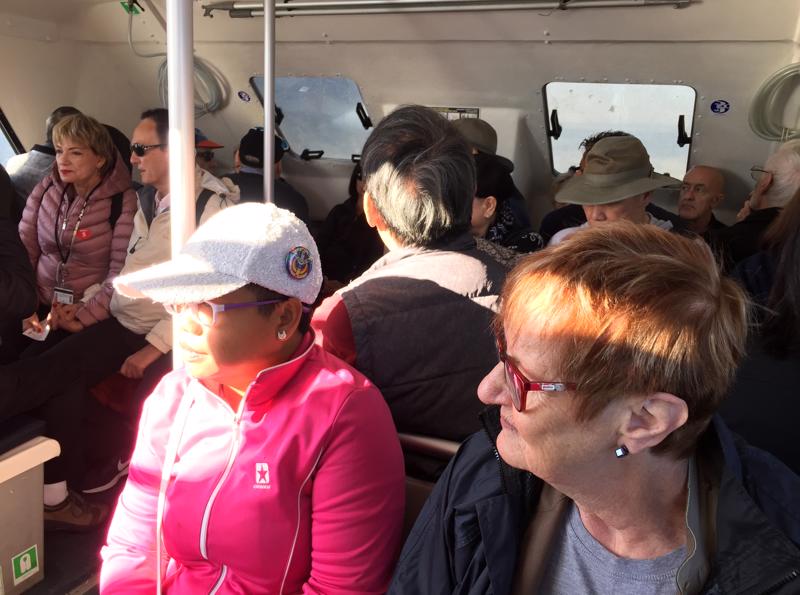
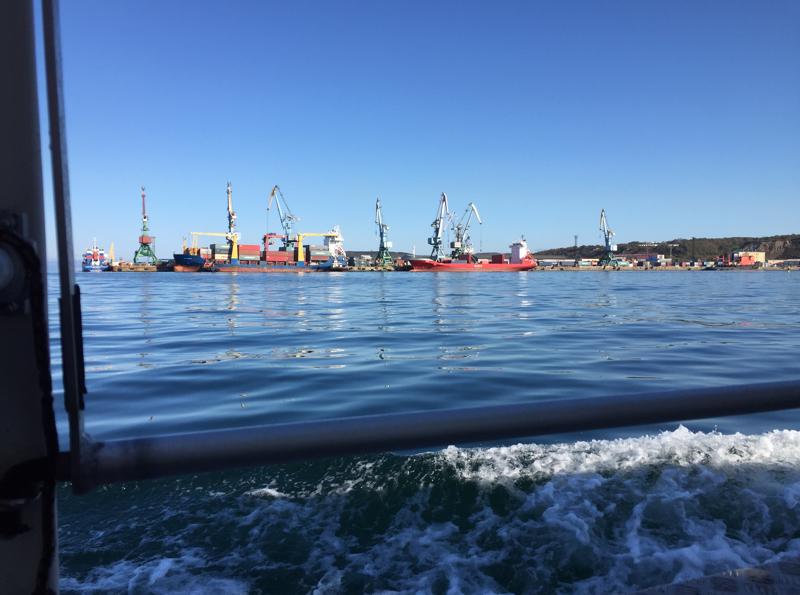
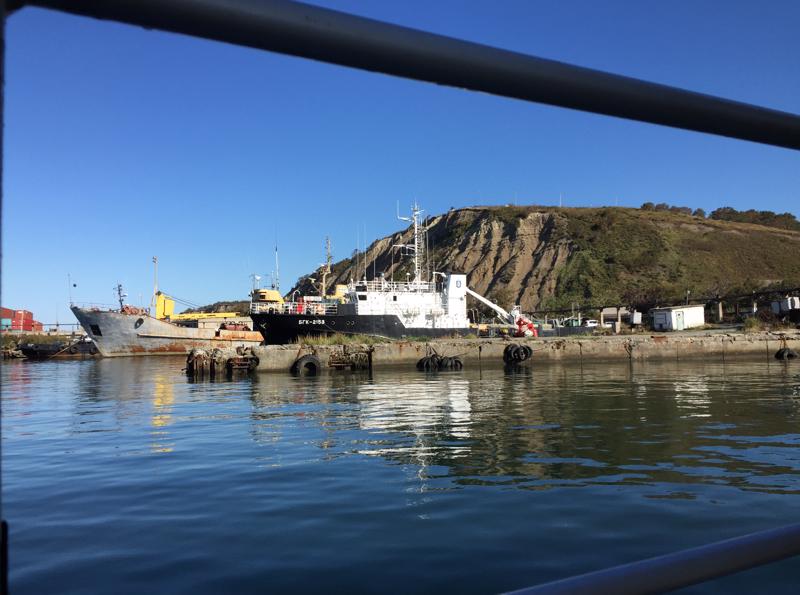
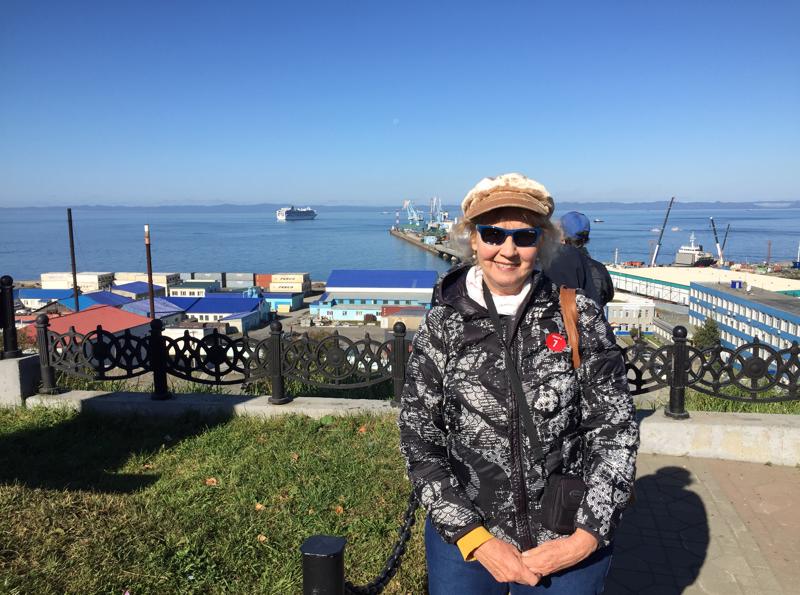
We heard that about twenty percent of the Nivkh natives still speak their original tongue - a language so rare, it's not related to any in the world. Some of the Nivkhs still worship a bear cult shamanism dating back centuries.
Those of us who were going ashore had to complete a Russian Migration Card and have it stamped by Russian officials. We were gathered into the tender boats and then set off away from the ship for our morning's excursion. We were told to stay with the group and not to be roaming off on our own. We felt like school children being herded around. In other words, they did not want us to see anything not approved.
We were shown a memorial to 'Korean Victims of Japanese Militarism' which was erected in 2007. The island was home to labor camps, and there is still a large population of Koreans here. It is a very sad history.
Our Russian guide was a young woman whose English was quite
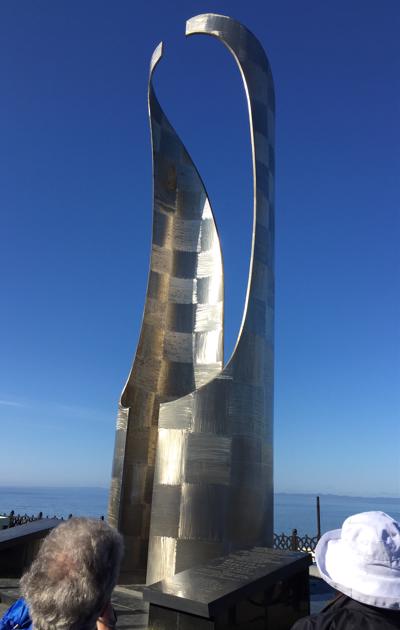
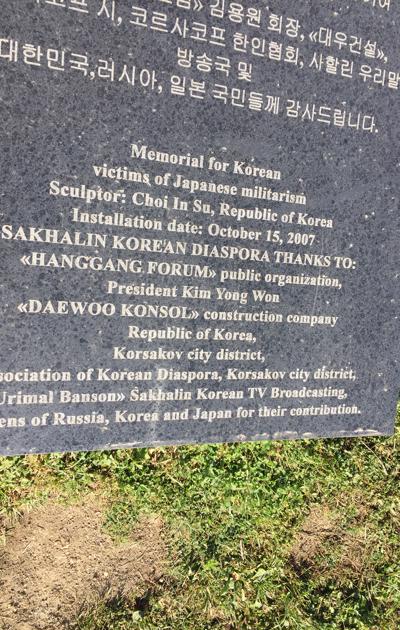
good. We were taken to a theatre hall to watch a troupe of beautifully costumed dancers. Before proceeding into the theatre, we were invited to come into a side room to an indoor bazaar where they were selling all kinds of Russian ornaments, ceramics, postcards, Russian dolls and hand-made goods. Young girls were present too, dressed beautifully in their national dress. After buying a few items, where we could use our Russian rubles which we had purchased onboard ship, we went to see the show. A number of cruise guests were invited to go up onstage and join the dancing, which they did. It was all very staged, and we didn't get much feeling of spontaneity.
There was however, some spontaneity, at the bazaar where several of the young girls seemed to be delighted to be serving customers. This was lovely to see. Several other local women were also very hospitable and welcoming. A few of the others looked as if they were only just tolerating the tourists.
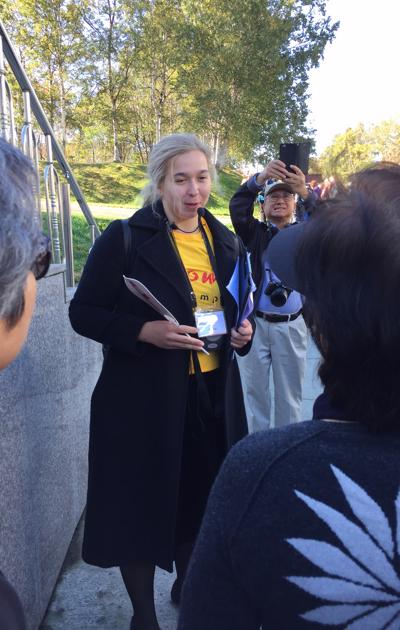
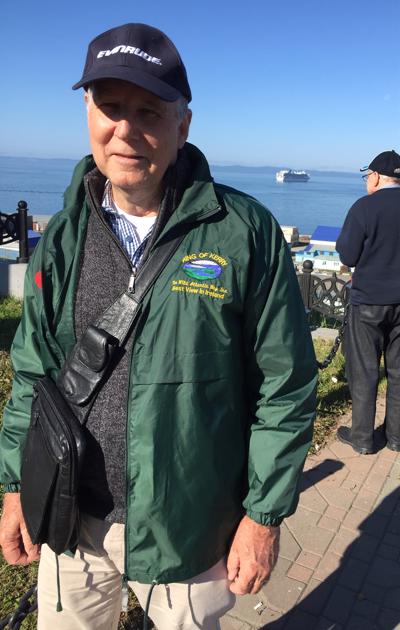
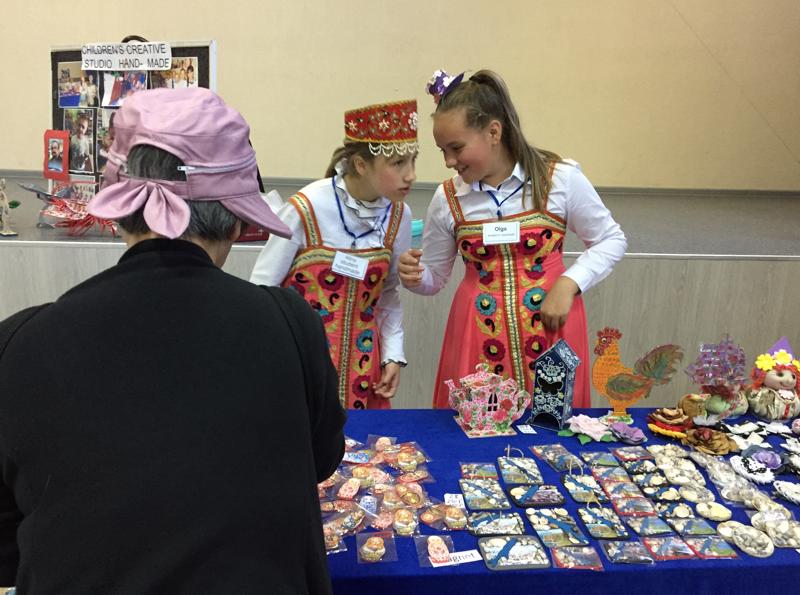

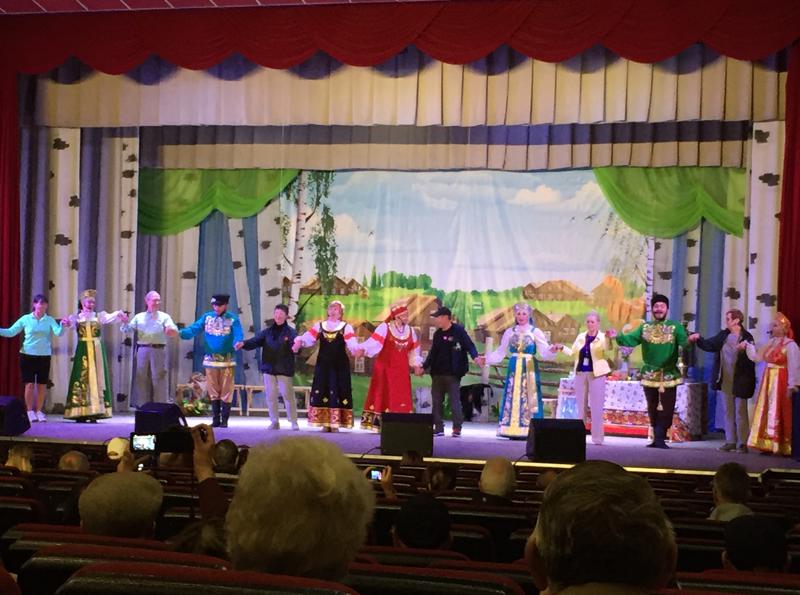
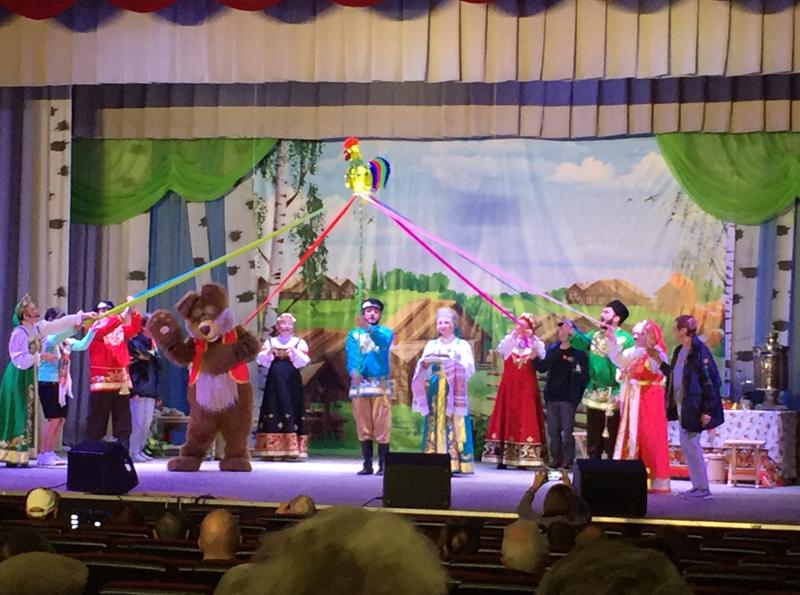

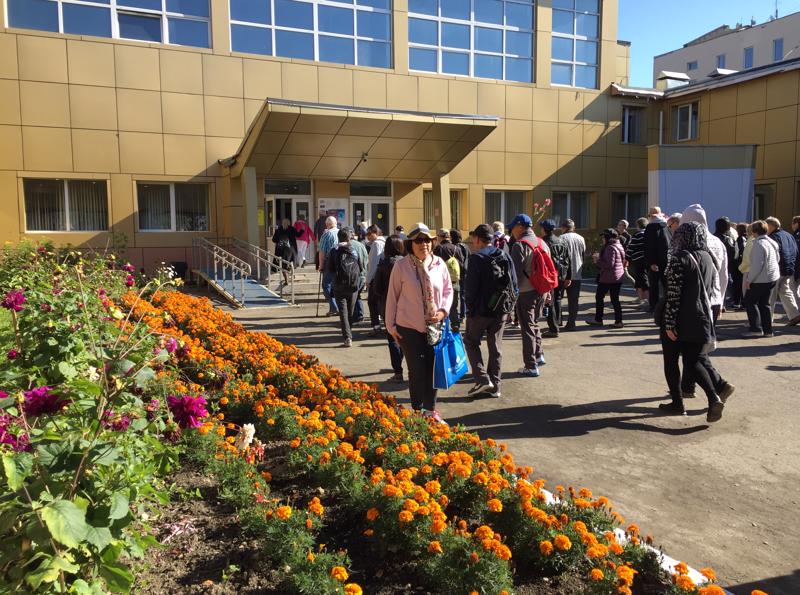
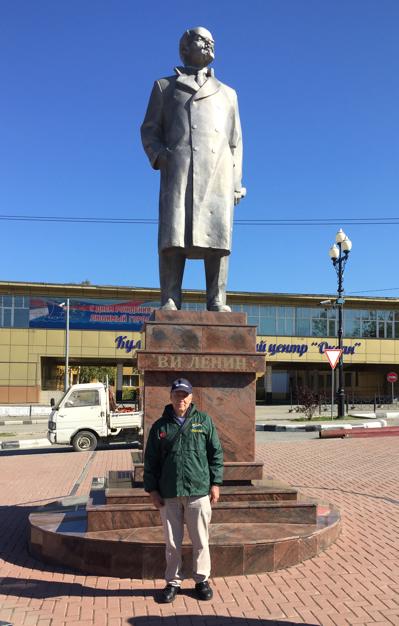
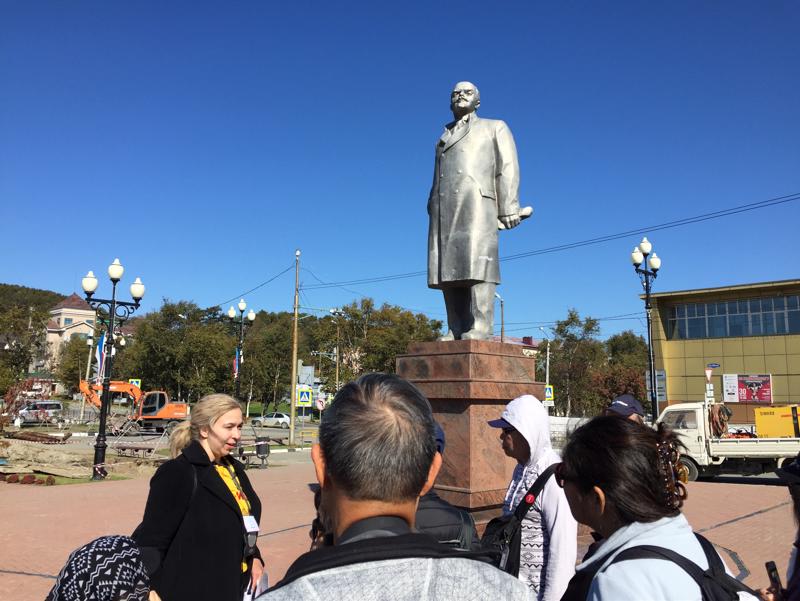
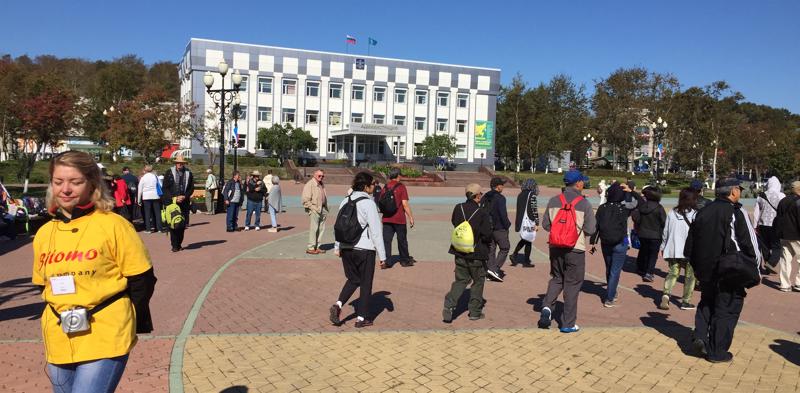
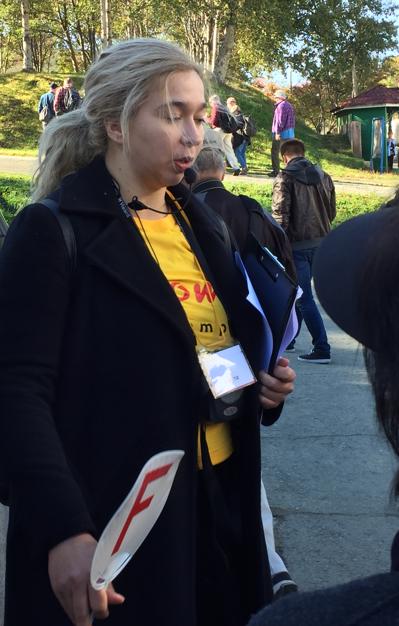
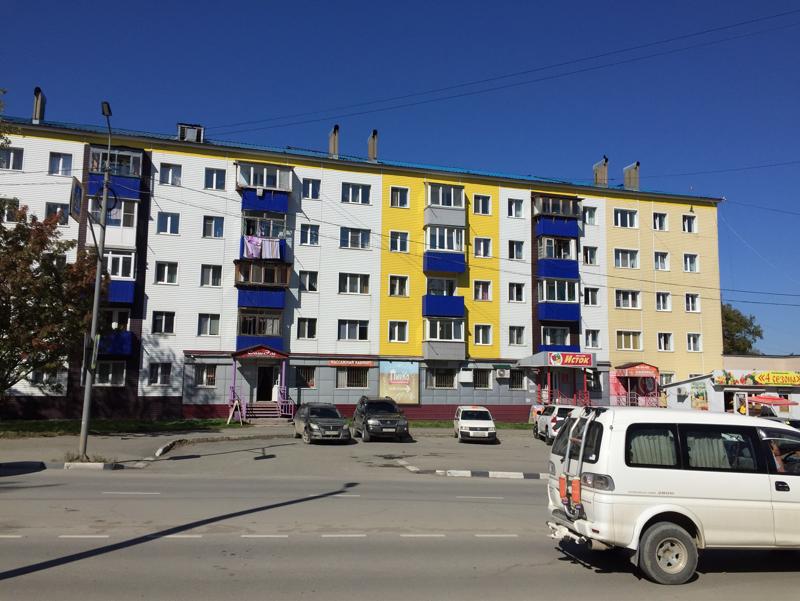
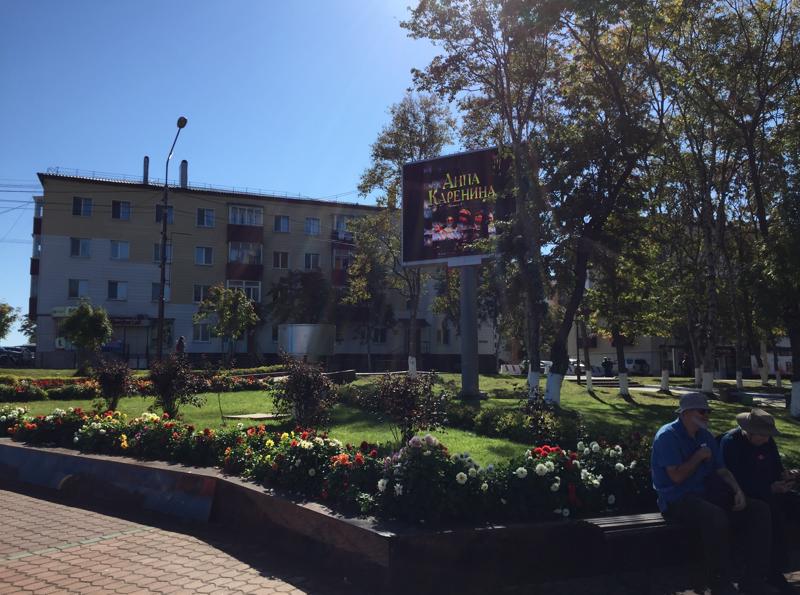
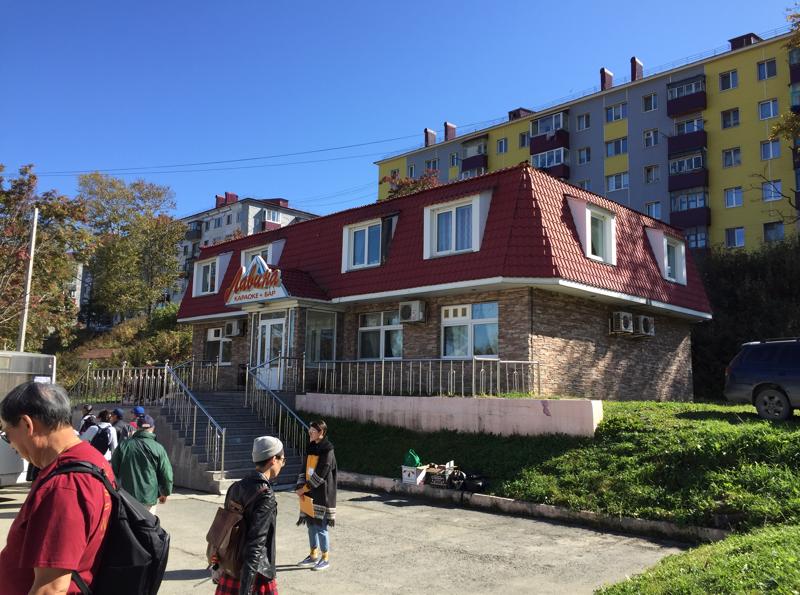
Our guide took us to the Lenin Square where a huge statue of Lenin stands. This statue is the towering symbol of Soviet Russia. Tony asked the guide about statues of Stalin, but she quickly dismissed the question and said that the founder of Russia is Lenin. There were two other squares that we didn't see but they are on the map - Victory Square and Square of Glory. These two sites are dedicated to Russia's triumph over japan and its reclaim of the island. They are also to honor the Soviet soldiers who died during Sakhalin's liberation in 1945.
We made our way back to the ship via the tender boats. Several uniformed Soviet Immigration personnel boarded one of the tender boats before us. They were still coming and going to the ship.
We had been advised of a new Russian law prohibiting certain types of behaviour - waving rainbow flags and conspicuous displays of same sex affection. Princess Cruises urged passengers to be wary of exhibiting this kind of behaviour on Russian soil.
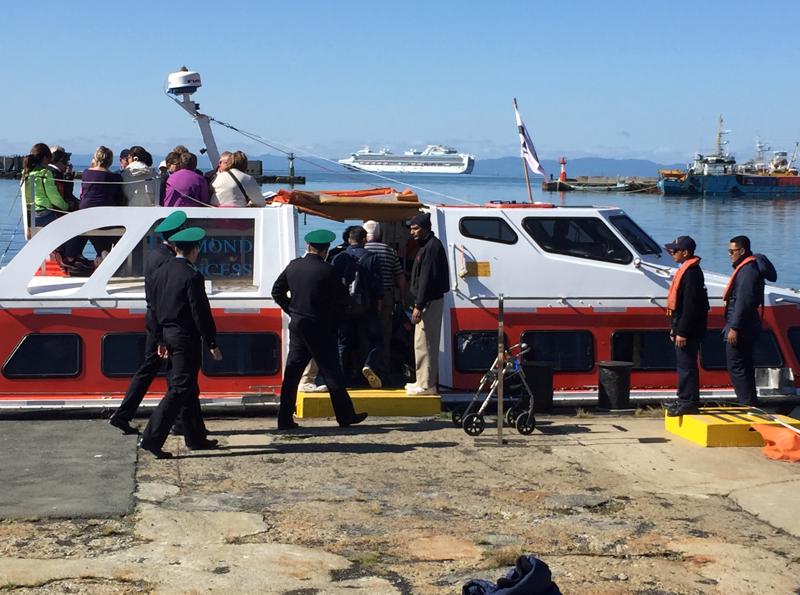
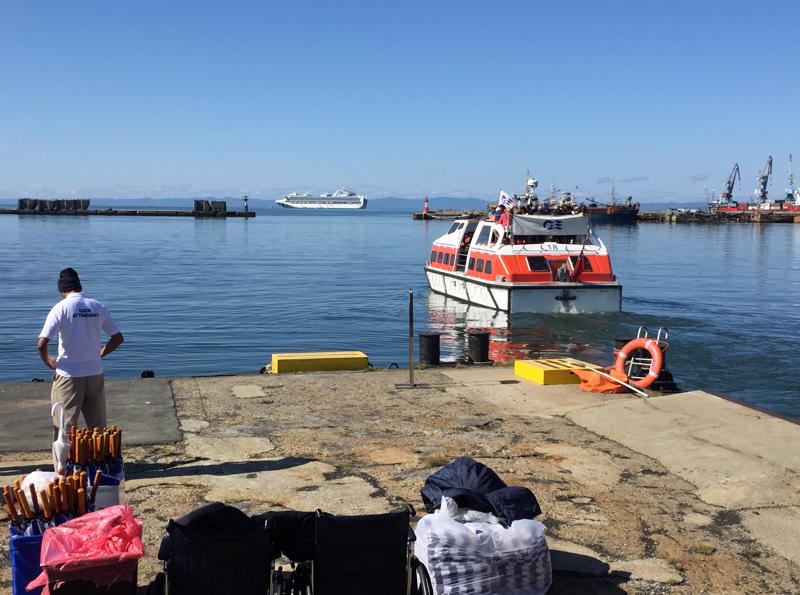

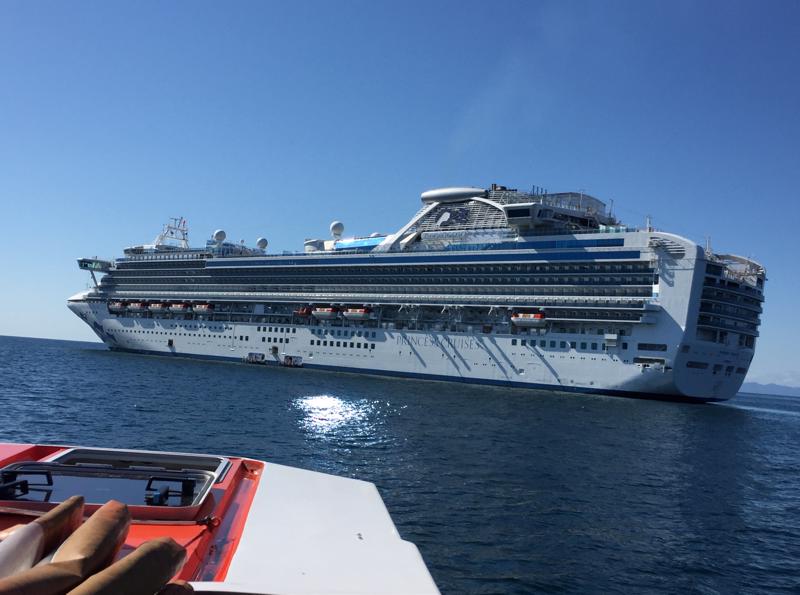
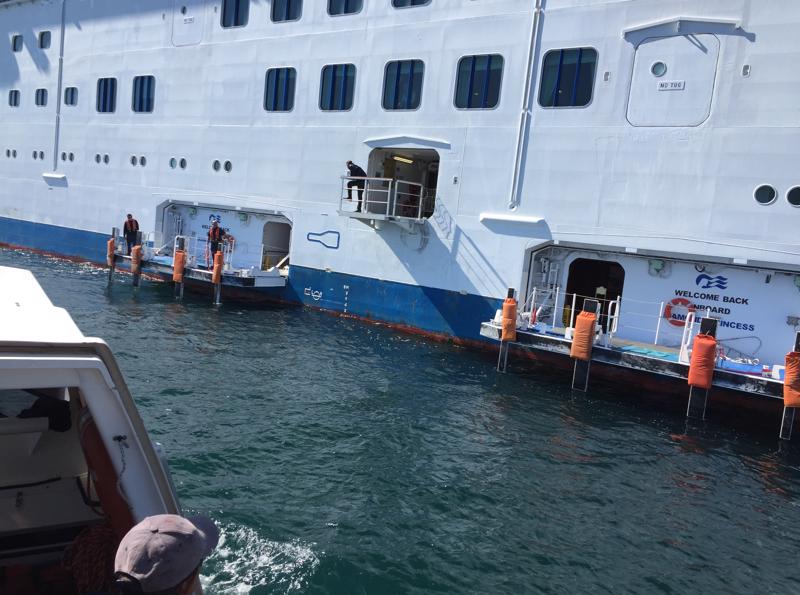


Back on board ship, we again felt like royalty - living in our beautifully serviced cabin, exploring even new places on board ship and eating to our hearts' content.
From top deck we watched the last of the guests returning from the island and the Immigration people heading back to shore. Another cruise ship successfully covered. No doubt the Russians rely on this tourism at this far flung port. We kept our eye on the sunset and the Korsakov mountains in the distance - quite stunning. The wind was blowing a gale and staff had changed towels on the lilos for tartan winter blankets which people were taking advantage of.
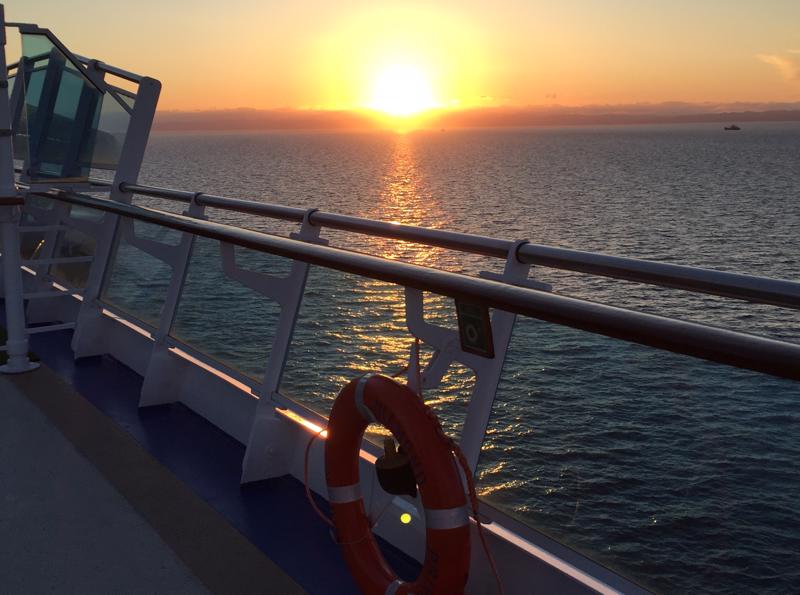
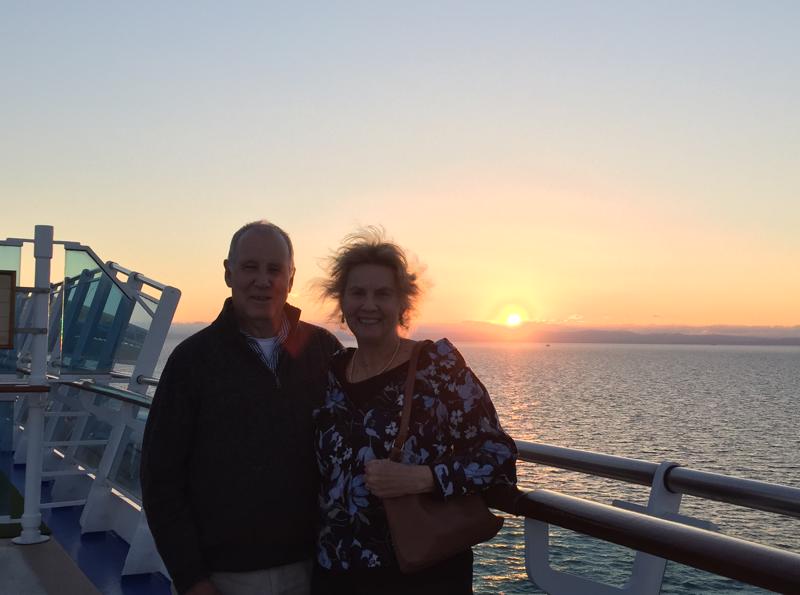

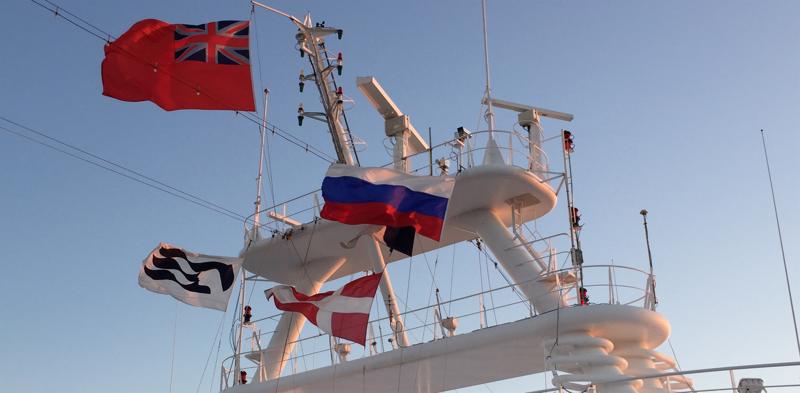
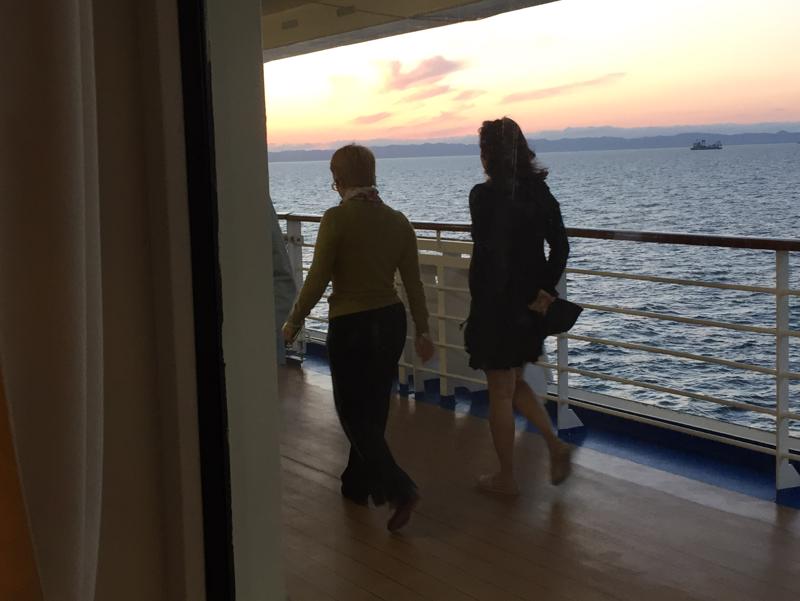
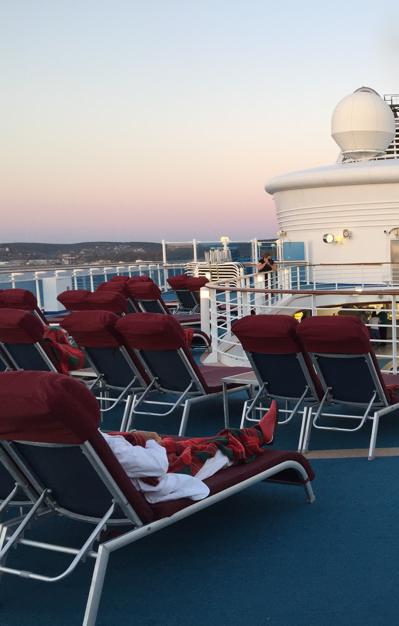
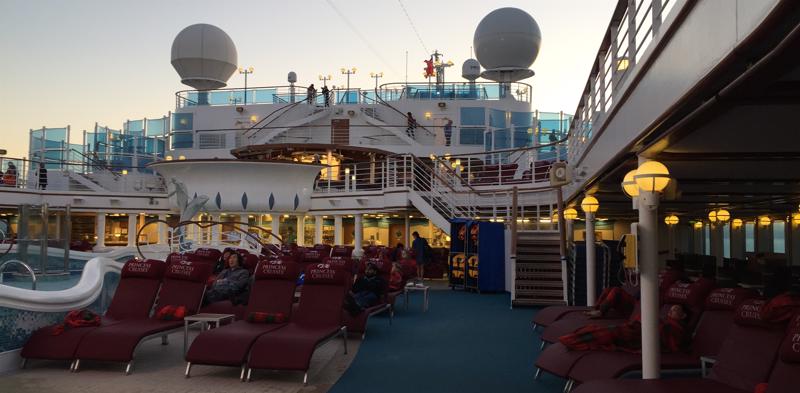
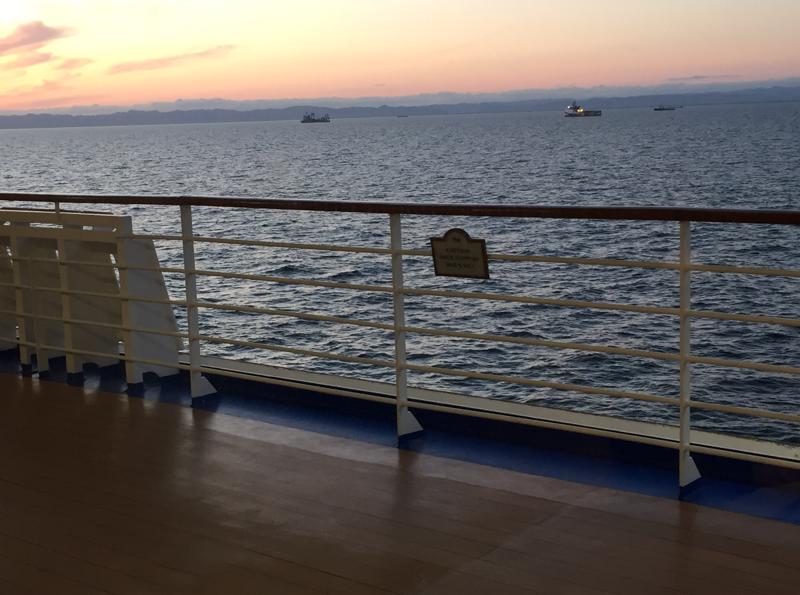
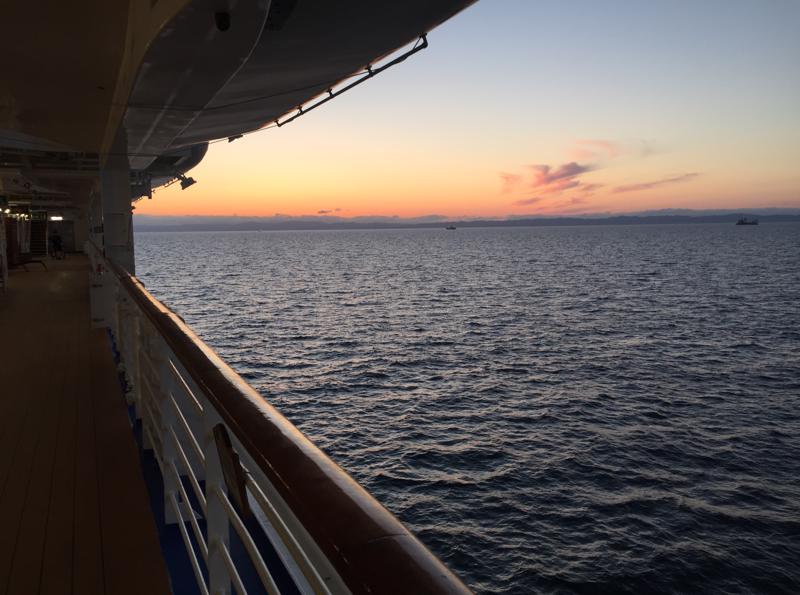
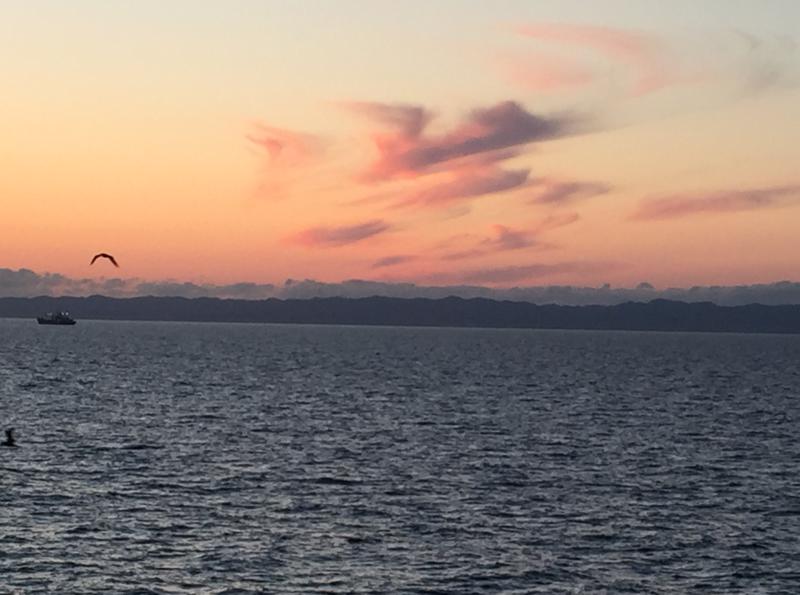

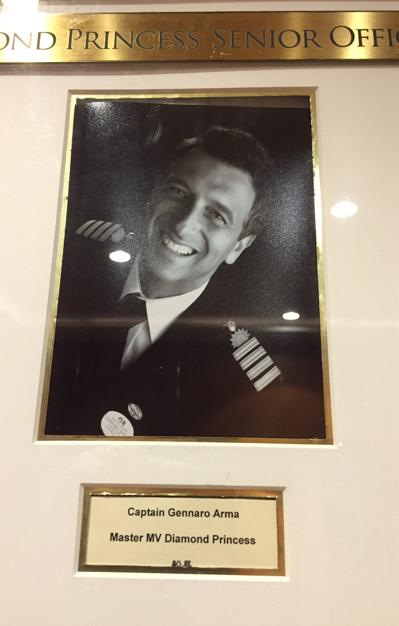
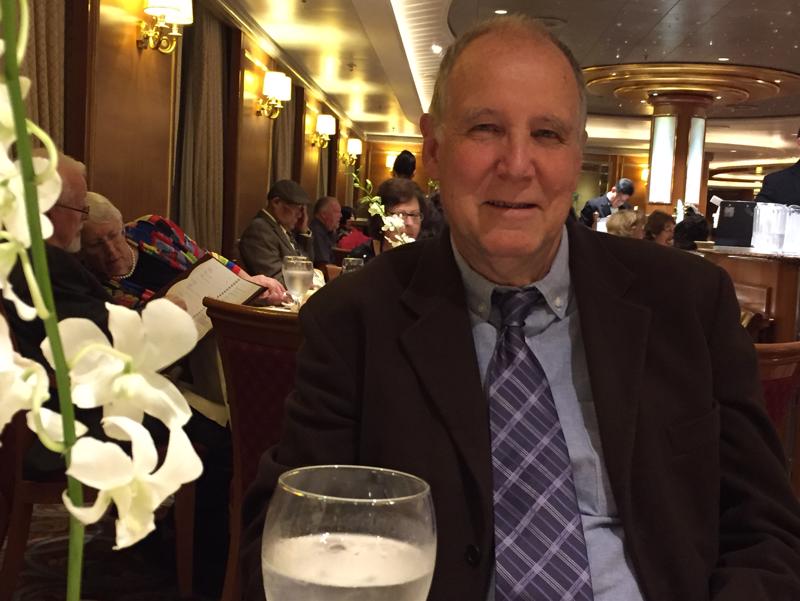
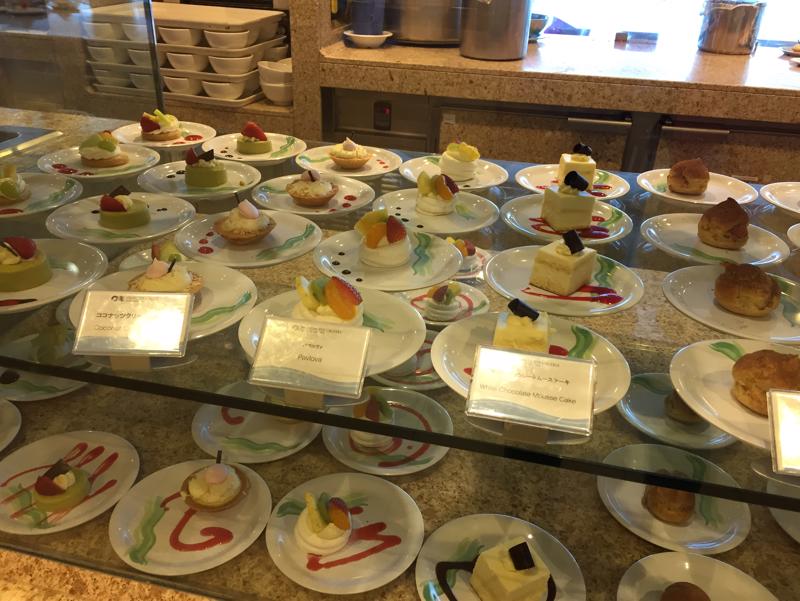
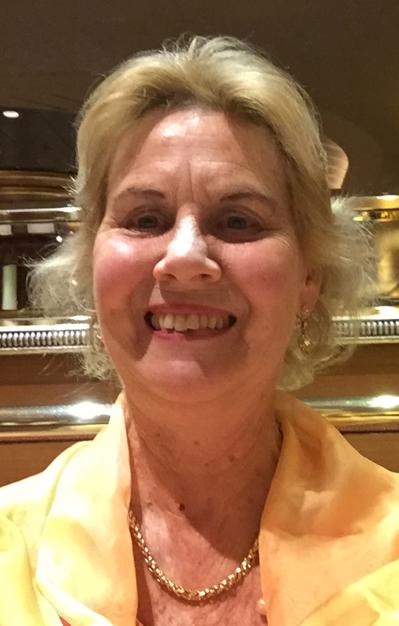
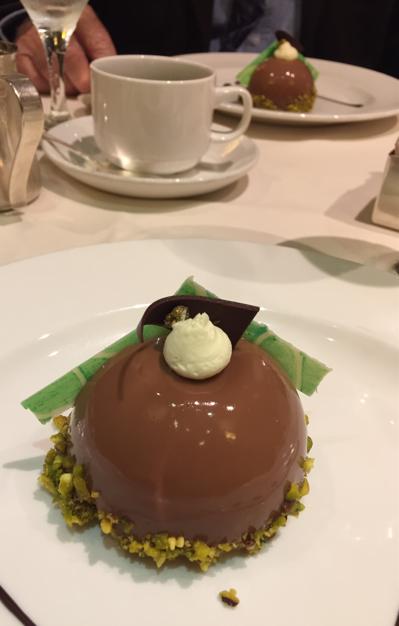
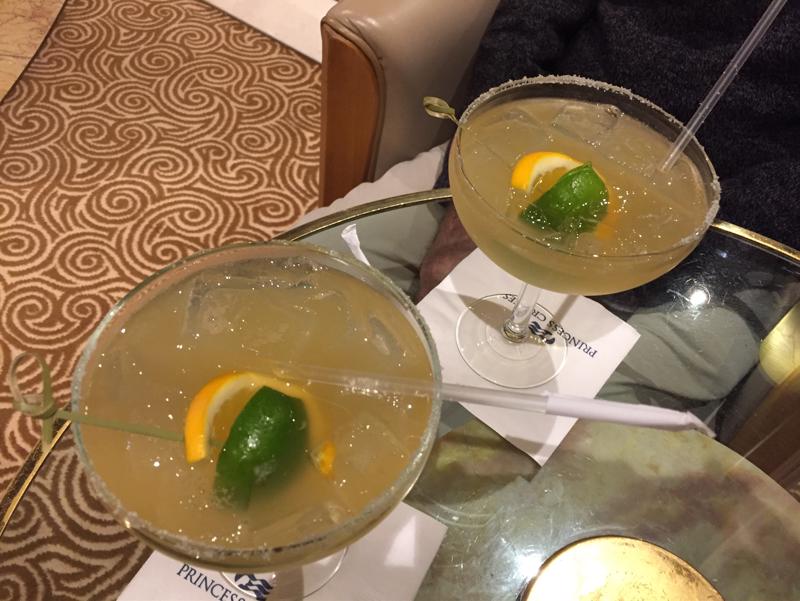
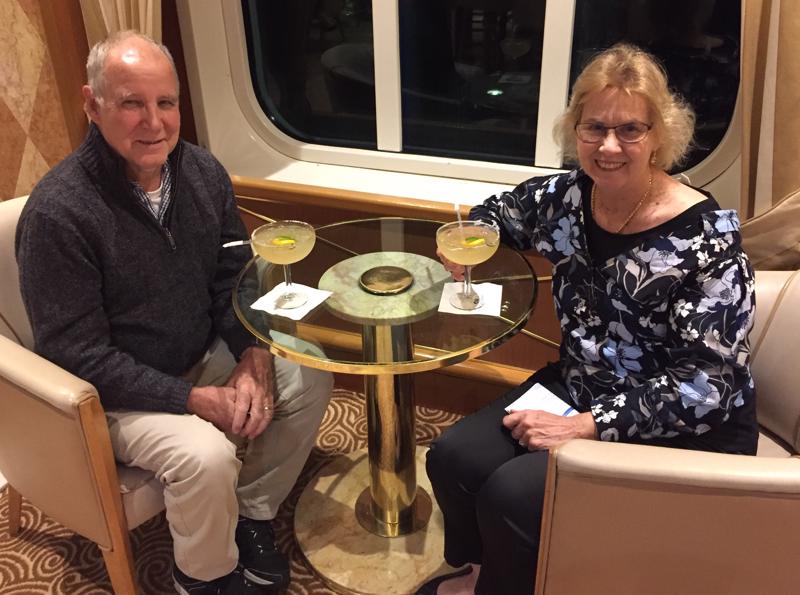
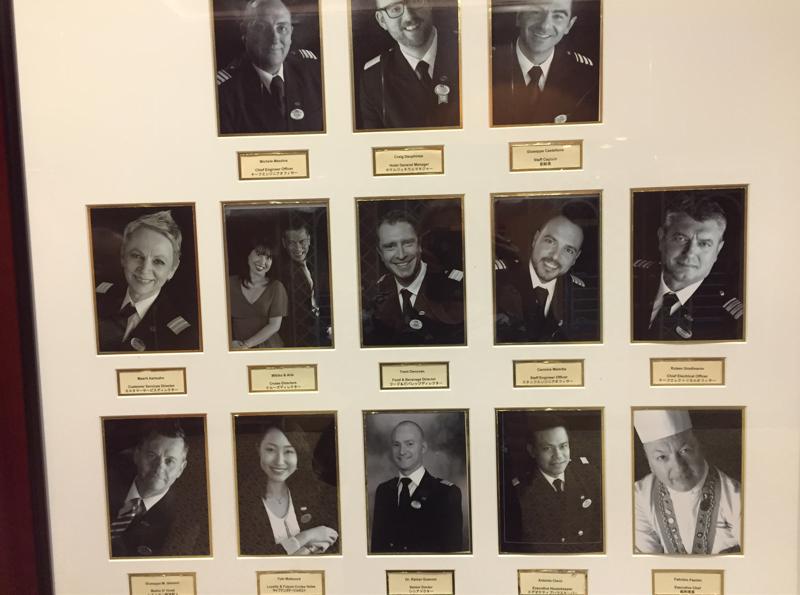
1.
Day Two - Into Tokyo
2.
Day Three - Imperial Palace
3.
Day Four - Meiji Shrine
4.
Day Five - Yoyogi
5.
Day Six - To Hakone
6.
Day Seven - Mt Fuji Sightseeing
7.
Day Eight - En Route to Kyoto
8.
Day Nine - Kyoto Sightseeing
9.
Day Ten - To Nagoya
10.
Day Eleven - Inuyama Sightseeing
11.
From Day 12 - To the Cruise Ship
12.
From Day 18 - From Korea
13.
From Day 23 - To Sakhalin
14.
From Day 25 - To Otaru
15.
From Day 29 - Farewells
Share your travel adventures like this!
Create your own travel blog in one step
Share with friends and family to follow your journey
Easy set up, no technical knowledge needed and unlimited storage!